Many publicly funded organisations offer goods and services because a market failure means that private sector offerings are not financially viable. Some public goods and services are non-commercial by their nature, yet many governments only consider policy proposals with positive Benefit-Cost Ratios. For policy decisions that are primarily about non-financial factors, analytic tools designed for markets may fail to illuminate the best options.
Governments need to be both financially competent and able to efficiently allocate resources across profoundly different domains. Without a common basis for comparison, it is difficult to make trade-offs between domains like literacy and health, or traffic congestion and food safety. Mandating that public investment proposals be supported by analytic tools such as Cost-Benefit Analysis (CBA) and Benefit-Cost Ratios (BCR) is an effort, in part, to bring analytic rigour and consistency to these difficult decisions.
As analytical techniques and tools have become more sophisticated, responsible stewards of public funds have demanded increasingly complex and exhaustive modelling. The goal is to capture all the economic, social, and environmental effects of proposed actions and reduce them to a few, easily compared, ratios.
The assumption that public spending can be responsible only if it reduces public costs by more than the required investment runs the risk of concentrating public resources in activity that could be financed privately. This reduces the public resources available for investments that only governments will make because, although beneficial, they are not profitable.
Where evidence is limited or ambiguous, estimating bottom-line indicators can consume substantial up-front effort, only to give false certainty. Estimates of how much a community values intangible benefits can easily become spuriously precise proxies for alignment with government commitments. Proposals in policy domains where data are less robust, or for promising new initiatives without an established history, also tend to be disadvantaged in CBA-style comparisons.

When investment decisions are guided by policy priorities that are clear, specific, and agreed, decision makers need not rely so heavily on analytic tools that were designed to maximise profit. With an intended policy outcome as a beacon, investment analysis can shift from enabling simple comparisons of proposals across complex domains, to more contextualised analysis of the relative cost-effectiveness of proposals within complex domains. The test is not whether a proposal is inherently ‘profitable’, but whether it is the best way to achieve a specific public policy goal.
Comparative rather than absolute analytic tools, such as Cost Effectiveness Analysis (CEA), can usefully inform decisions between alternatives, targeting investment in efficient, effective, and equitable public goods and services that achieve defined outcomes.
Many market-oriented analytic tools can be stretched to inform public investment decisions, but that does not make them the best way to prioritise public investment. Societies decide that some goals are ‘right’ with relatively little regard to ‘profit.’ Tools such as CEA can focus analytic effort on how to achieve these important goals most efficiently and effectively, rather than merely how to maximise returns across all spending. This creates more space for public investment in the domains that matter most, even if a robust evidence base has not yet been established.
If tools like CBA always gave the right answers, then we could make public policy with a calculator. When markets have already failed, we need clearly defined goals and priorities, not just analytic tools, to illuminate the best options.
